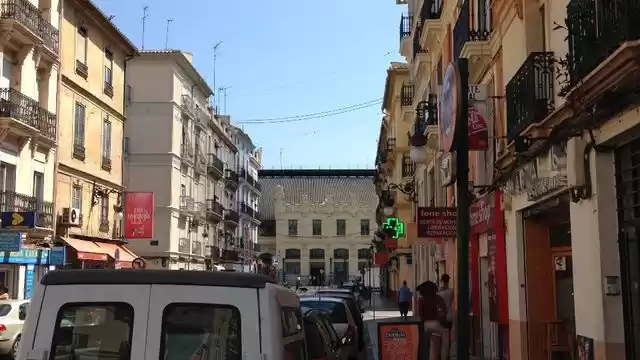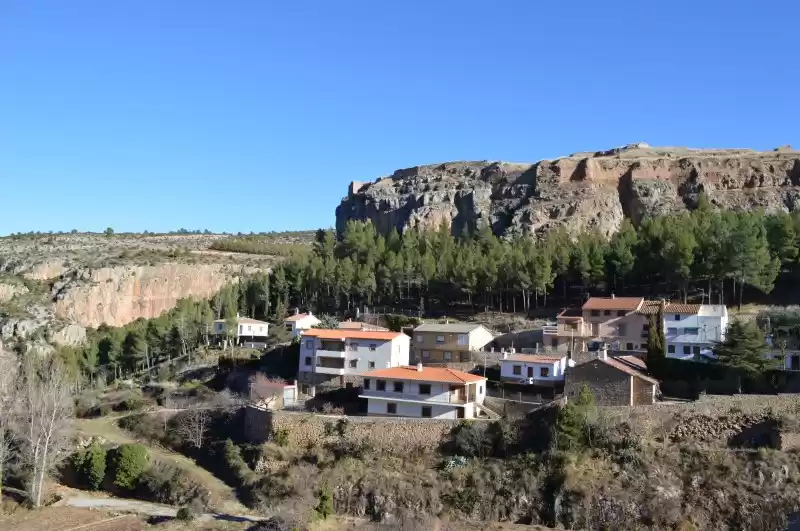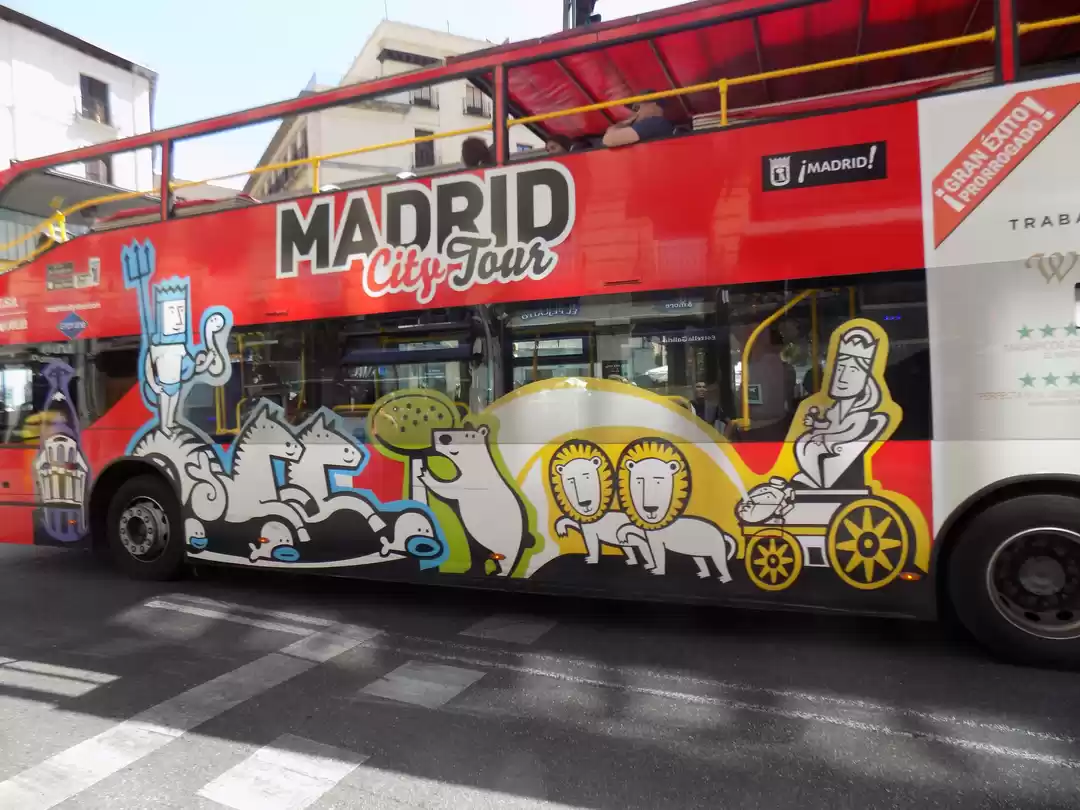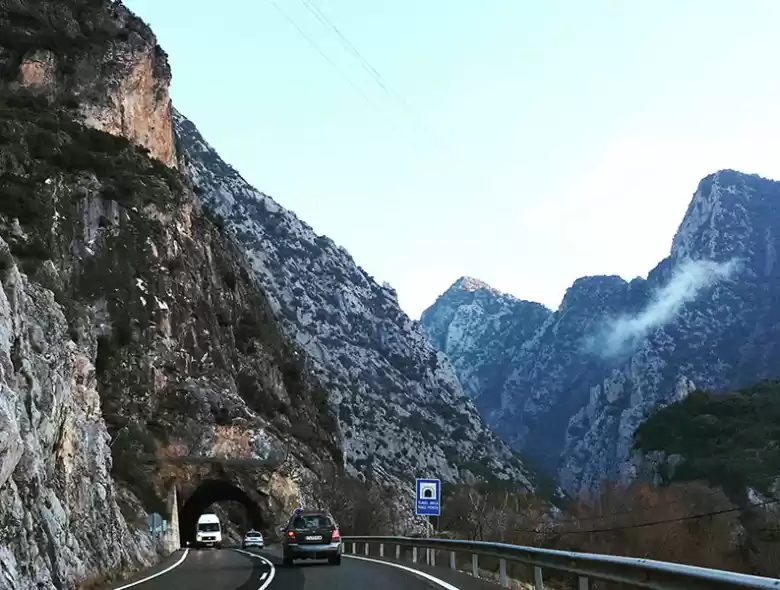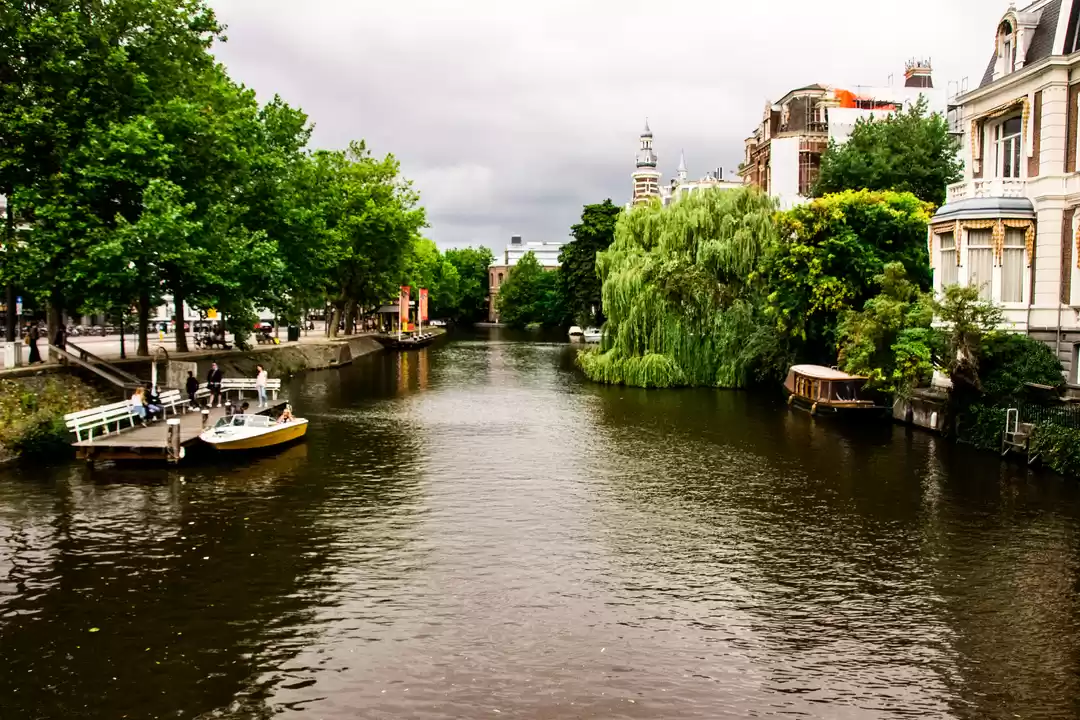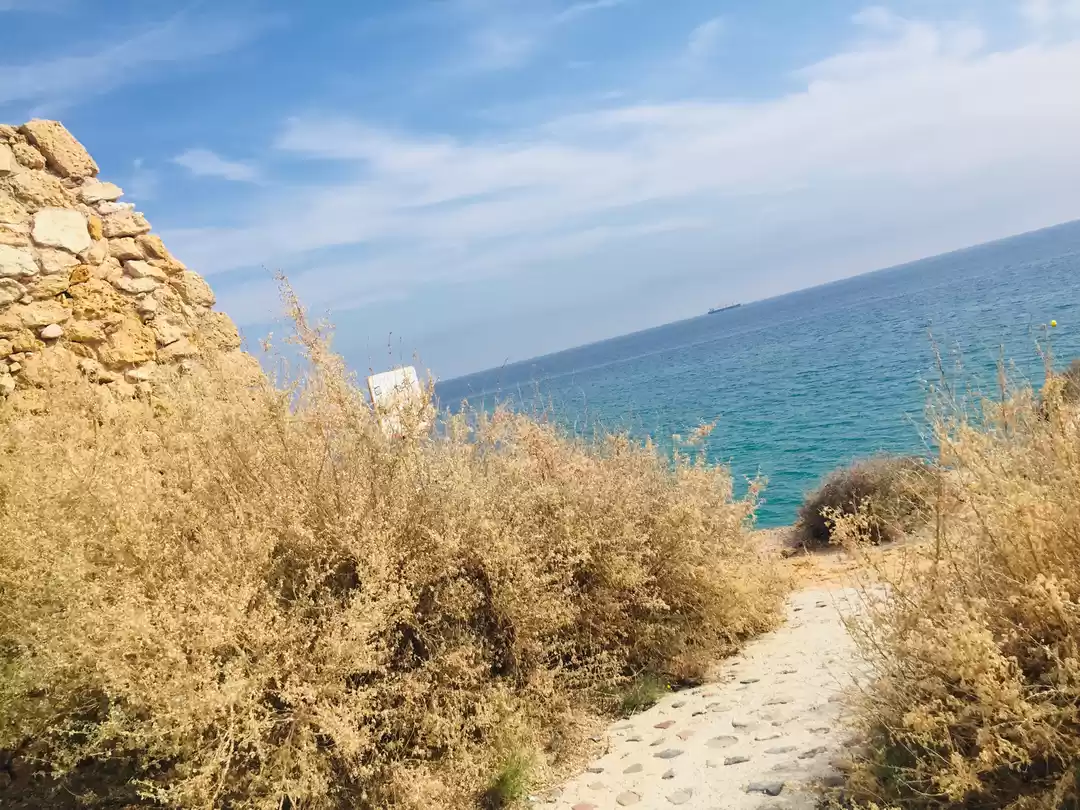Valencia Tourism and Travel Guide
Valencia (/vəˈlɛnsiə/; Spanish: [baˈlenθja]), or València (Valencian: [vaˈlensia]), is the capital of the autonomous community of Valencia and the third largest city in Spain after Madrid and Barcelona, with around 800,000 inhabitants in the administrative centre. Its urban area extends beyond the administrative city limits with a population of around 1.5 million people. Valencia is Spain's third largest metropolitan area, with a population ranging from 1.7 to 2.5 million. The city has global city status. The Port of Valencia is the 5th busiest container port in Europe and the busiest container port on the Mediterranean Sea. Valencia was founded as a Roman colony in 138 BC. The city is situated on the banks of the Turia, on the east coast of the Iberian Peninsula, fronting the Gulf of Valencia on the Mediterranean Sea. Its historic centre is one of the largest in Spain, with approximately 169 hectares; this heritage of ancient monuments, views and cultural attractions makes Valencia one of the country's most popular tourist destinations. Major monuments include Valencia Cathedral, the Torres de Serrans, the Torres de Quart, the Llotja de la Seda (declared a World Heritage Site by UNESCO in 1996), and the Ciutat de les Arts i les Ciències (City of Arts and Sciences), an entertainment-based cultural and architectural complex designed by Santiago Calatrava and Félix Candela. The Museu de Belles Arts de València houses a large collection of paintings from the 14th to the 18th centuries, including works by Velázquez, El Greco, and Goya, as well as an important series of engravings by Piranesi. The Institut Valencià d'Art Modern (Valencian Institute of Modern Art) houses both permanent collections and temporary exhibitions of contemporary art and photography. Valencia is integrated into an industrial area on the Costa del Azahar (Orange Blossom Coast). Valencia's main festival is the Falles. The traditional Spanish dish, paella, originated in Valencia.

